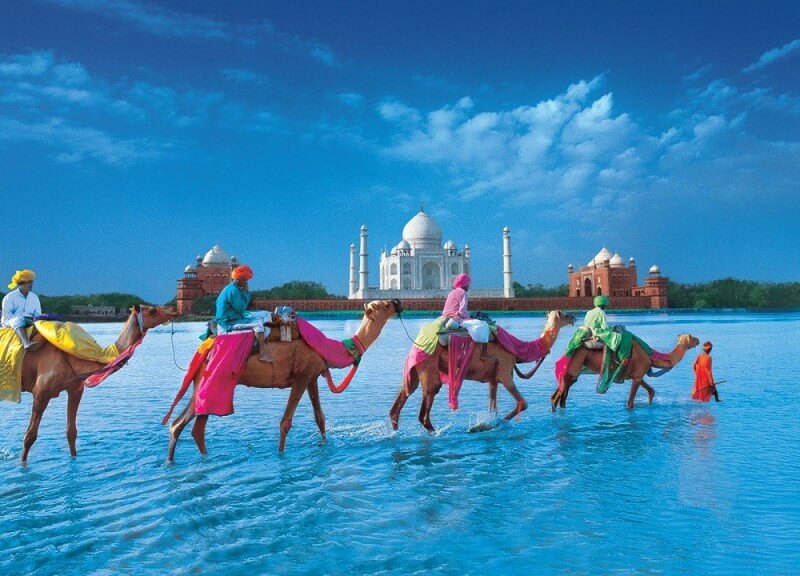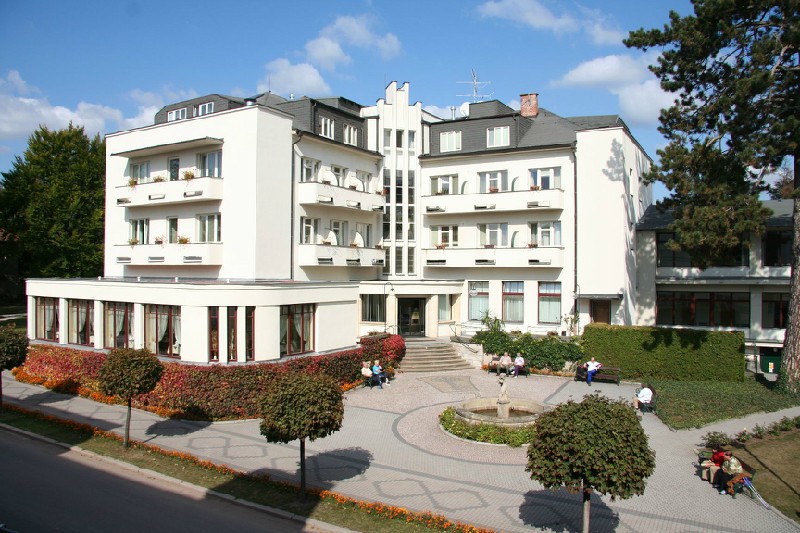Ayurveda in India
Rating: 9,2/10 (7687 votes)   Ayurveda is the oldest known medical system Ayurveda is the oldest known medical systemAyurveda is translated from Sanskrit as 'the science of life and longevity'. It is a traditional Indian medicine that uses natural, natural remedies. The homeland of this system is India. Ayurveda is the oldest known medical system, it has existed for over 5000 years. It was recognized as effective even by the World Health Organization. Currently, about 150 thousand foreigners come annually for Ayurvedic treatment.  Ayurveda, first of all, does not fight the disease, but heals the patient. For her, the patient – it is the totality of body and mind. Ayurveda considers all diseases to be of psychosomatic nature. Therefore, it is necessary to treat a person in a complex, healing not only the body, but also the psyche of the patient. When treating patients, Ayurveda uses only natural, natural remedies, so there are almost no side effects. Thanks to Ayurveda, the disease is recognized before it manifests itself physically, so the patient can be quickly and effectively cured. The natural proximity of the techniques makes it possible for a person to unite with the outside world, Ayurveda is completely suitable for people doing yoga. Ayurveda, first of all, does not fight the disease, but heals the patient. For her, the patient – it is the totality of body and mind. Ayurveda considers all diseases to be of psychosomatic nature. Therefore, it is necessary to treat a person in a complex, healing not only the body, but also the psyche of the patient. When treating patients, Ayurveda uses only natural, natural remedies, so there are almost no side effects. Thanks to Ayurveda, the disease is recognized before it manifests itself physically, so the patient can be quickly and effectively cured. The natural proximity of the techniques makes it possible for a person to unite with the outside world, Ayurveda is completely suitable for people doing yoga. Most Ayurvedic treatments are based on 'oiling' organism Most Ayurvedic treatments are based on 'oiling' organismMany years of experience in many countries have shown that Ayurveda can perfectly replace traditional conservative medicine. Since, thanks to the methods she uses, it is possible to abandon the sometimes unsafe methods of conventional medicine, for example, it is not necessary to use antibiotics, cytostatics or hormones for treatment. In addition, Ayurvedic methods are very effective in treating a variety of chronic diseases, and they can also be used as preventive measures. In the treatment of Ayurveda, only natural preparations are used, which are of plant, animal or mineral origin. All medications, diets and procedures used are selected individually for each patient, taking into account the type of his constitution (the principle of `` Three doshas '') and the imbalance of doshas that caused the disease. Most Ayurvedic treatments are based on 'oiling' organism — both inside and outside. Saturating the body with medicinal oils, you can bind the fat-soluble poisons and toxins in the body, and then naturally remove them from the body.  During relaxation During relaxationThrough Ayurveda you can achieve good results in the treatment of infertility and sexual disorders, diseases associated with the gastrointestinal tract, metabolism and the endocrine system, diseases of the nervous system, skin diseases, allergies, diseases of the musculoskeletal system, respiratory diseases, gynecological diseases, the risk of the risk of cardiovascular diseases decreases.  Ayurveda aims to heal not only the body, but also the mind Ayurveda aims to heal not only the body, but also the mindAccording to Ayurveda, a person has five main elements: earth, water, fire, air and space (ether). These elements are concentrated in the three doshas — Vata, Pitta and Kapha. Vata is bodily air — source of kinetic energy of the body. Kapha – bodily water, which is the beginning of potential energy. Pitt — bodily fire, balancing the kinetic and potential energies of the body. These three types of doshas form the vital energy of a person. Each dosha manifests itself individually, human health depends on the balance of all doshas. If the doshas accumulate excessively in their places, they can cause illness. The doshas are regulated by Ayurveda methods, their balancing is carried out and, thus, the whole organism is adjusted: it is completely cleansed, rejuvenated and recovered. Ayurveda not only cures ailments, but also pays great attention to their prevention with methods that strengthen the immune system and improve well-being.  Panchakarma — body cleansing system Panchakarma — body cleansing systemTo identify imbalances Ayurveda uses three main types of diagnostics: - Darshana- pariksha — physical indicators and symptoms of the patient are investigated; - Prasna-pariksha — determine the dosha imbalance by talking with the patient; - Shparshana-Pariksha — the patient is examined, the pulse and blood pressure are measured. The most important Ayurvedic procedure is Panchakarma, which is a five-step system of body cleansing. It effectively removes toxins from all body tissues, acting at the cellular level, at the same time, the natural balance in the body is restored, the causes that have caused somatic and psychosomatic diseases are eradicated. Before panchakarma, internal and external oiling of the body is performed and toxins are removed by thermal procedures. The most favorable time for carrying out panchakarma is the rainy season – from June to September. The course takes three weeks. The birthplace of Ayurveda is the southern state of India – Kerala. Most Ayurvedic clinics and resorts are located here.  In one of the clinics in Kerala In one of the clinics in KeralaWe also recommend reading Things to do in Naples Topic: Ayurveda in India. |




